こんにちは、深町聡美です。
絵を描いているうちに、
岩絵具が剥落したり、
水を吸い込んで発色が悪くなったり
直しているうちに、時間がかかって間に合わない!
直しても直しても、色が元に戻らない!!
それは
ドーサ(にじみ止め)の作り方が悪いからかも知れませんよ。
今回はそんな悩みを解決する、
正しいドーサの作り方を、
狩野派伝統の日本画技法書「丹青指南」
を引用しながら解説いたします!
これさえ守れれば、制作スピードが本当に倍になりますよ!
以前の記事は以下のリンクからご覧下さい。
Contents
ドーサとは何なのか?

ドーサとは、一言で言ってしまうと
「日本画で使うにじみ止め」です。
水彩ではサイジング液という商品が売っていますが、それの日本画版です。
サイジング液については下の記事をご覧ください。
水彩では、画用紙でも水彩紙でも、直接描き始めたところで
滲みが酷すぎて描けない、ということや、
水彩絵具がポロポロ剥がれてしまうということはありませんね。
しかし、日本画の場合はドーサが利いていないと
岩絵具と言う粒状の絵具を塗った際に、
乾いてから剥がれ落ちてしまうという事があります。
また、墨で下書きをする際も、にじんでしまって
繊細な線を引く事ができません。
通常、このドーサの作り方は画家によって
異なりますし、後述する季節、湿度、
また紙の種類によっても変化します。
ですが今回は、狩野派伝統の作り方を示した
日本画の技法書、「丹青指南」を引用しながら、
狩野派のドーサの作り方を解説します!
ドーサの作り方ー膠とミョウバンの分量について

丹青指南の作者の、市川守静によると、
従来ドーサを作る割合は
水一八〇〇㏄(一升)につき、
膠三十七.五g (十匁)
ミョウバン十八.七五g (五匁)
の割合としていたそうです。
分かりやすく、三千本膠一本ぐらい(12~15gほど)の重さに合わせると
ぐらいになります。
しかしこの分量ではミョウバンの量が少し多すぎるため、
狩野派の画家はそれぞれで丁度いいくらいに減らして作っていたそうです。
これが狩野派が教えるドーサの分量になります。
しかし、中国の芥子園という画家が著した、絵具について記した本には、
夏季には膠七にミョウバン三、
冬季では膠一〇にミョウバン三
と書かれており、
その時期に応じて割合を変えるのが良いとされています。
上で使った例と同じように膠15gに直すと、
夏季にはミョウバン約6.4g
冬季ではミョウバン約4.5g
が良いという事ですね。
実際、ドーサは湿度によって効果に差が出る
と言われており、
湿度が高くなると、効きが悪くなってしまいます。
高温多湿な日本の夏では、ドーサ引きには
適していないと考え、冬の間にまとめて一年分の
ドーサ引きをする画家もいます。
水:720cc 膠:15g ミョウバン:7.4g
を基本として、使いやすさや季節によって割合を調節しよう!
ドーサの作り方ー具体的な手順
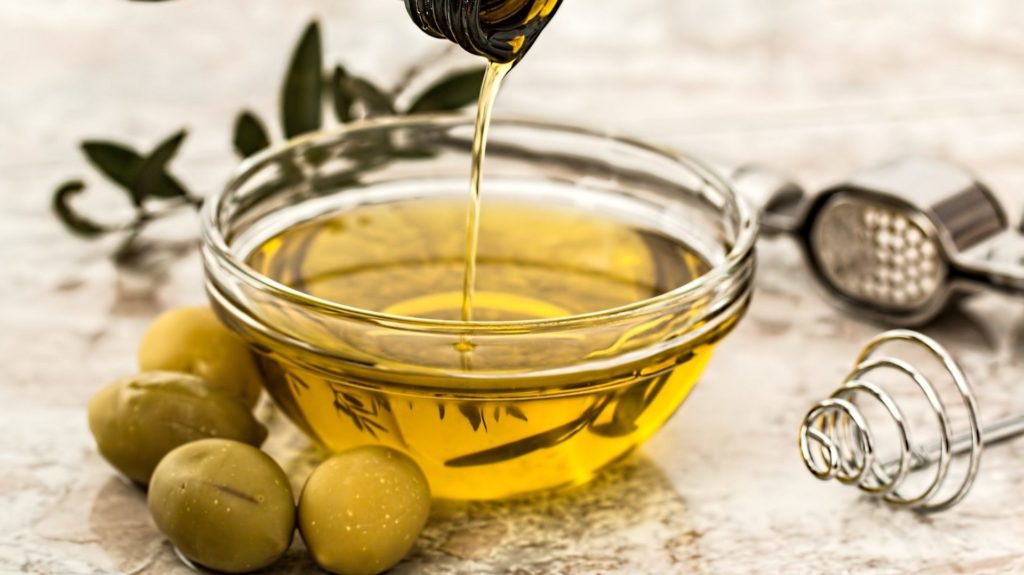
さて、前章で、
水:720cc 膠:15g ミョウバン:7.4g
が用意できたとします。
今からは、具体的な作成手順を解説します。
読みながら工程をイメージして、しっかり覚えましょう!
①水720ccを沸騰させます。膠15gを鍋に膠を入れます。
②熱湯290ccを膠が入った鍋に注ぎ、
火にかけて膠を溶かします。
この時、白箸(スプーン)で絶えずかき混ぜます。
③膠が溶けたらミョウバンを加えて、暫く沸騰させてミョウバンを溶かします。
膠がまだ溶け終わらないうちにミョウバンを入れてはいけない。
④残りの熱湯か、冷ましたお湯を加え、火を止めます。
⑤ガーゼや木綿を使って、絞らないように他の容器に濾過します。
⑥熱いうちに制作に使う紙や絵絹に塗ります。
以上が丹青指南によるドーサ液作成の手順です!
細かい説明を省きますと、
少量の熱湯で膠を溶かす
↓
ミョウバンを加えて溶かす
↓
残りの水を入れる
↓
ガーゼで濾す
↓
熱いうちに塗る
という手順になります。
原文では、汚れていない晒し木綿を使うと
ありましたが、一般的に百均などで扱われている
ガーゼでも十分構いません。
また、鍋も今は百均にありますので、
食品用とは別に用意しておくと便利です。
ドーサを作りにおすすめの膠は三千本膠と粒膠!
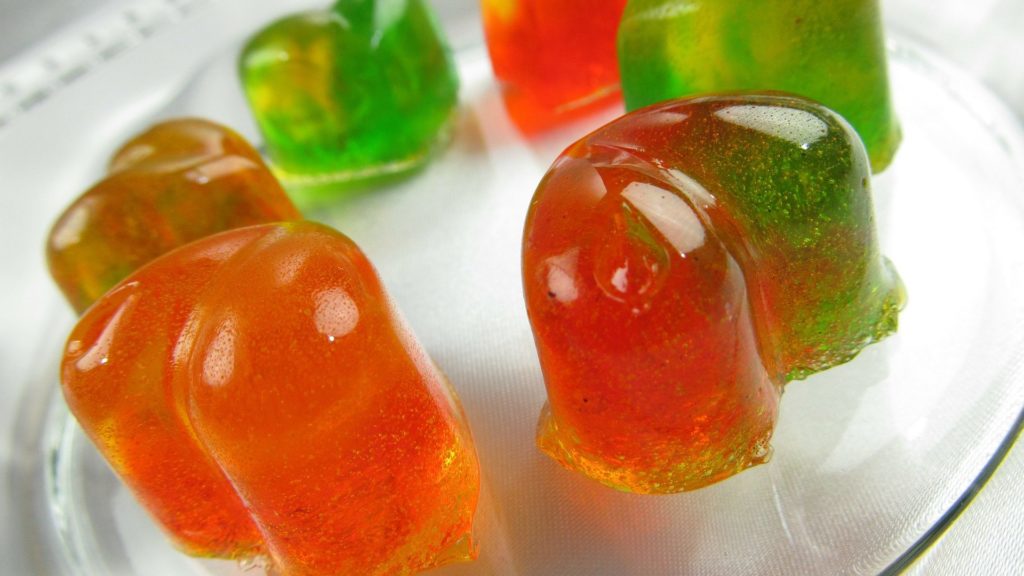
ところで、ここまで読み進めてきて、ドーサの原料が何だったか覚えていますでしょうか?
そうです、膠とミョウバンでしたね。
丹青指南の作者、守静氏は、
ドーサを作る上で重要なのは膠の良し悪し
だと言っています。
絵の具を練るのにも欠く事ができない、
日本画制作のうえで重要な素材ですね。
守静氏の時代に用いられてきたのは漂白膠、一名「ヒラスキ」と呼ばれるものだったそうです。
しかしながら、現在それを調べても正体が分かりません。恐らく無くなってしまったのでしょう。
当時から「ヒラスキ」という同じ名前でありながら、製法が違う膠となっており、効き目は良くなかったようです。
一方で現在、日本画制作で主に使われているのは、「三千本膠」と「粒膠」と呼ばれるものです。
牛から作られた膠がよく見られますが、鹿や兎といった他の膠もあり、それぞれで糊としての接着力の強さが異なっています。
ひとまず、今回は
「三千本膠」と「粒膠」
を覚えておきましょう。
この二種類の膠ですが、人気なのは「三千本膠」のようです。
何名かの日本画家に話を伺ったところ、
「粒膠は接着力が低い」
という意見が揃って出ていました。
しかし、棒状の三千本膠と異なり、分量の調節が
しやすいため、あえて濃く作るのも良いかも
しれません。

また、現在市場に出回っている三千本膠の多くは、
昔使われていた三千本膠とは別物です。
「ヒラスキ」同様に、一度製法が途絶えた物を、
他の製作所が再現した物です。
こちらも、旧来の三千本膠より粘着力が低いが
腐りにくい、匂いが弱い、といった意見を聞きます。
もし、以前の三千本膠が必要な時は、
仏具屋の通販を覗くと良いでしょう。
ごくまれに、保管しておいたものが出ている場合があります。
平山郁夫をはじめとした多くの画家が、
ドーサ作りに三千本膠を用いていたことから、
ドーサ作りには三千本膠をオススメ!
と言いたいところですが、上の通り、当時とは三千本膠も
異なってしまっています。
結局のところ、三千本膠と粒膠のどちらも使ってドーサを作り、あなたがより「自分に合っている!」と思ったものを使ってみるのがベストです!
鹿膠で作る方法もあるので、そちらで試してみてもいいかもしれませんね。
ドーサに適した膠は三千本膠や粒膠から、合っていると思う物を選んでみよう!
ドーサを塗れば木や布も描きやすくなる!
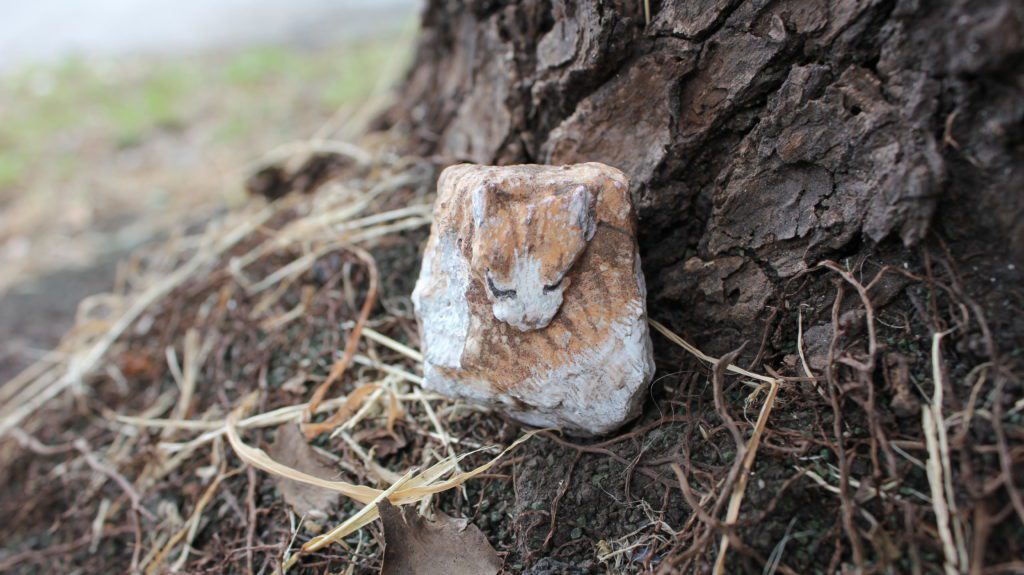
石に色を塗ると滲むな~
布にも描ければいいのに……
木に描いたら、かっこいいだろうな……
紙だけに塗るのがドーサだと思っていませんか?
実はそれ以外の素材にも、にじみ止めとして塗れるんです!
木のにじみ止めにドーサを使う方法
丹青指南では、木の板に塗る時の使い方も紹介されています。
木材に塗る時は、前の章に書いてある分量よりも
水の多い薄いドーサと、ミョウバンが多く、濃厚なドーサ
二種類のドーサを用意します。
二種類のドーサを用意したら、まず初めに濃く作った方を塗ります。
そしてさらに上から薄いドーサを塗ると、墨の付きが良く、描きやすい木にすることができるのです!
織目が荒い布のにじみ止めにドーサを使う方法
また織目が粗かったり、大きかったりする布も、
そのまま絵具を塗ると、染み込んでしまったり
剥離してしまったりしますよね。
その問題も、ドーサを使えば解決できます!
最初にカンテンを煮沸し、溶かした液を作ります。
次にそれを布に塗って乾かします。
最後に、その上に通常の濃度のドーサを塗ります。
たった3つの手順だけで、筆の運びも墨の付きも滑らかにする効果がでます!
木に塗る時=濃いドーサ→薄いドーサ
布に塗る時=カンテンを溶かした水→普通のドーサ
まとめ
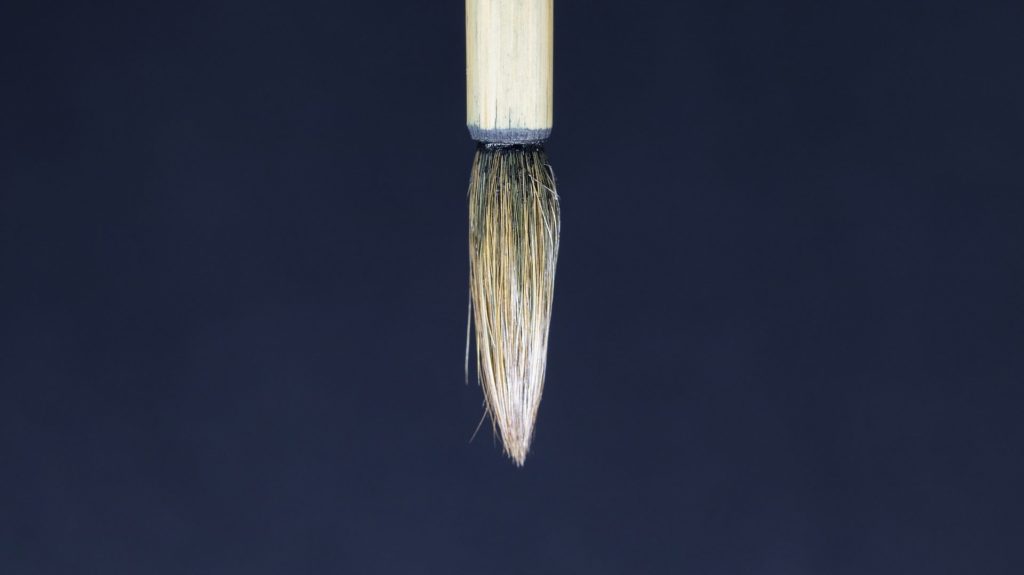
以上、日本画の技法書、丹青指南に書かれた、
ドーサの作り方及び使い方を紹介してきました。
まずは
水:720cc 膠:15g ミョウバン:7.4g
を基本の濃度として、季節や描く作品で変える所から
始めてみましょう!
また三千本膠と粒膠、どちらも揃えて自分なりの
お気に入りの膠を探してみるのもオススメです。
日本画は、流派や画風によって、ドーサの濃さに限らず絵具の使い、手順も異なります。
例えば薄塗を好む人はドーサの濃度も薄いです。
粗い岩絵具を厚くぬる人は、定着力を高めるため
ドーサも濃くした方が良いと言われています。
水墨画のようにぼかしを多用したい人には、そもそもドーサが不要でしょう。
最終的には、自分の画風や描き方に適した、自分なりのドーサの濃度や作り方を探すのが大切です。
関連商品
自作ドーサの代わりになる液体です。
中性なので紙を傷めにくく使いやすいです。
(ミョウバンで作るドーサは酸性なので、胡粉で中和する必要があります。)
こちらは普通の膠とミョウバンのドーサです。
手軽ですが量が少ないので、小作の制作におすすめです。
ドーサの代用として有名な薬剤で、
こちらも目止めとして使用できます。
現代語訳:日本画の歴史 (彩色絵沿革大略)


ちゃんど原文を読むにはどうすればいいの?
そんな時は国立国会図書館のサイトでチェック!
全文を無料で読むことが出来ます!
また、正確な訳や詳しい図解が欲しい!
という方は画材と技法の秘伝集がおススメです!
電子書籍&
ペーパーバック発売中!
原文が本で読めるようになりました!
日本画の歴史 (彩色絵沿革大略)
ドーサ
一、従来ドーサを作る割合は、
水一八〇〇㏄(一升)につき、
膠三十七.五g (十匁)
ミョウバン十八.七五g (五匁)
の割合としていた。
しかしこの分量ではミョウバンの量が少し多すぎるため、各自が適宜に減らして作るものである。
しかし中国の芥子園画伯が使った絵具について記した本には、
夏季には膠七にミョウバン三、
冬季では膠一〇にミョウバン三
とあり、これが最も適切であると認められる。
つまり、その時期に応じて割合を変えるのが良いということだ。
このドーサを作るのに重なる原料は膠で、これは絵具を練るのにも欠く事ができない媒練料となるものである。
なので、その良し悪しの選択をすることが大切だ。
従来用いられてきた膠は「漂白膠一名『ヒラスキ』」と呼ばれるもので、現在も同じ品はあるものの作り方が異なっているので、性質は良くない。
そのため時間をかけて煮沸しなければならないが、簡単に溶けないだけでなく、その効き目も弱いものが最も多い。
その他「三千本」と呼ばれる膠でも性質は同じで使用するのはまったく向いていない。だから膠は購入の際に第一にその性質を選ばなくてはならない。
従来ドーサ作りの概略を示す時は、膠の量は三十七.五g (十匁)と仮定して、それを鍋に入れ、その上から熱湯三六〇㏄(二合)ほどを注いでその鍋を火にかけて、
それを白箸で絶えず攪拌しつつ、煮沸して、その膠が溶けてしまってから適量のミョウバンを入れて、また暫く煮沸してミョウバンも溶かす。
そして塗布に適したドーサ液とするのに、熱湯もしくは白湯を注ぎ入れ、その鍋をおろして、それを清浄なさらし木綿を用いて搾らないように他の器に濾過する。
そしてまだ熱気が冷めないうちに制作に使う絹本か紙本に塗布するものである。
また、ドーサを杉戸や扁額(木の看板)などの木面に使うには、
いつもの分量よりさらに濃厚なものを塗り、そしてさらに上から薄いドーサを塗ると、運筆が自由で墨の付きも最も良くなる。
また芭蕉布や葛布の類で織目が少々粗雑なものにドーサを塗るには、
最初にカンテンを煮沸し溶かした液を塗って乾かし、その上に通常の濃度のドーサを塗ると、運筆も墨の付きも円滑にする効果がある。
ただしドーサを作る膠は煮沸してまだ溶け終わらないうちにミョウバンを入れてはいけな
い。
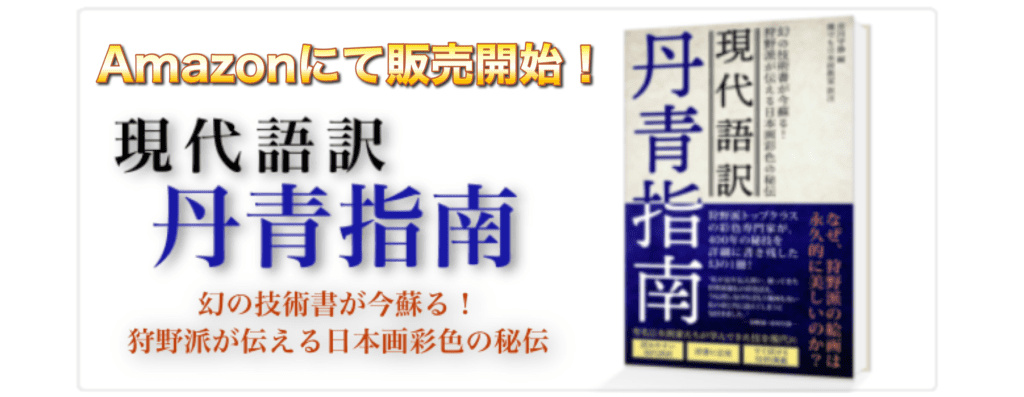
日本画の技法書「丹青指南」に関する参考サイトなど
無料で閲覧だけでなくダウンロードもできます!
現代版丹青指南!日本画のバイブルです。
日本の図書館からページのコピー(複写)を購入できます。
前の記事はこちら!
次の記事はこちら!



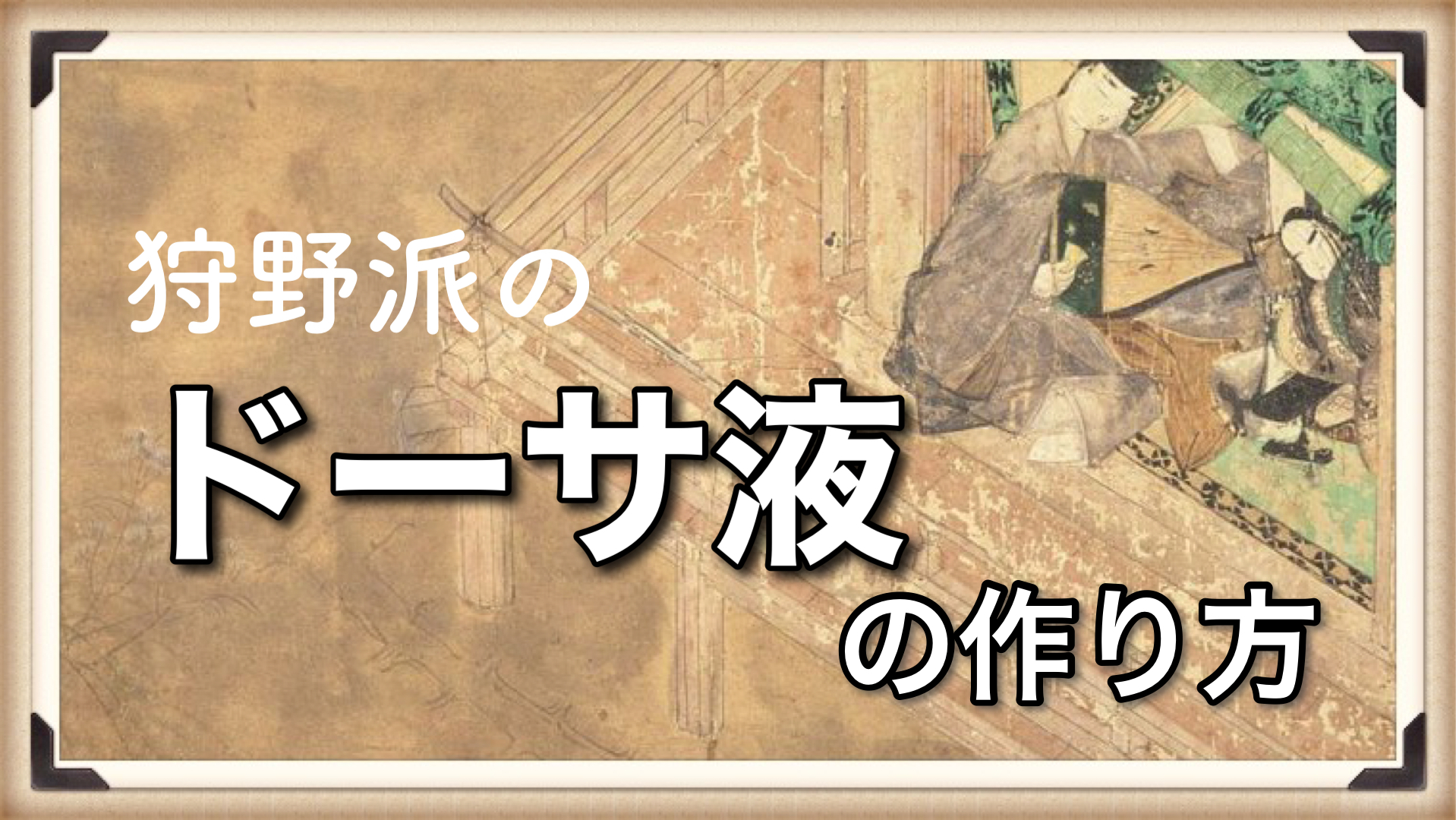
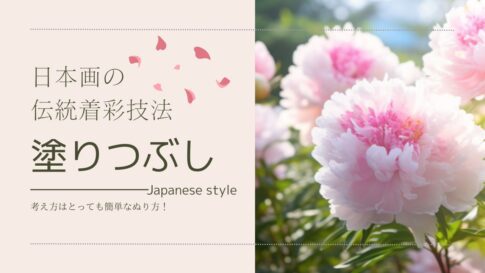
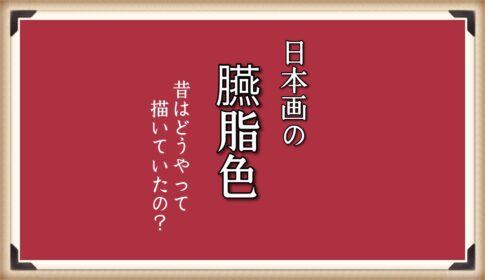

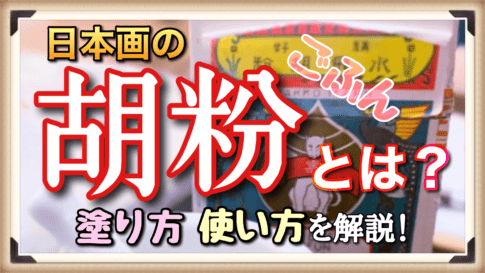
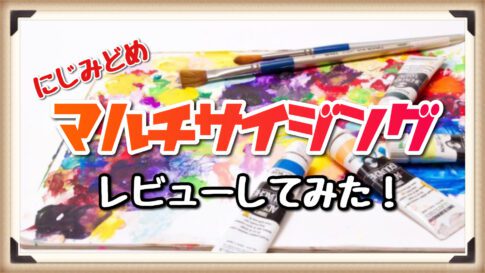
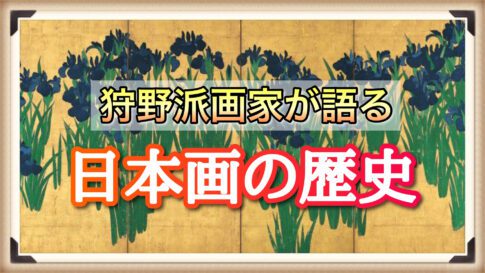
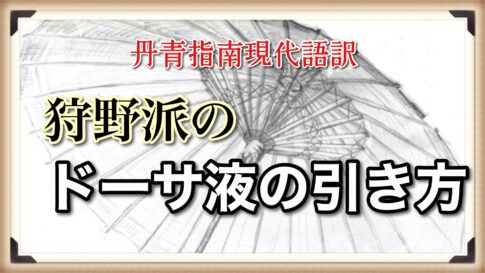
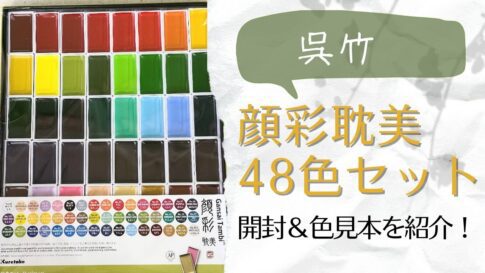
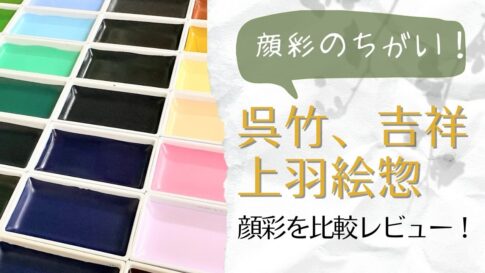
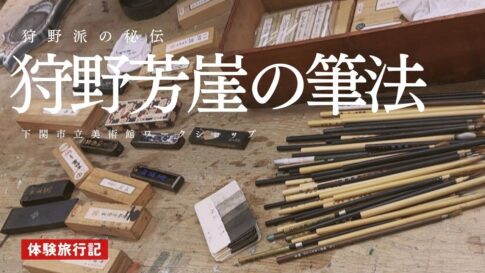
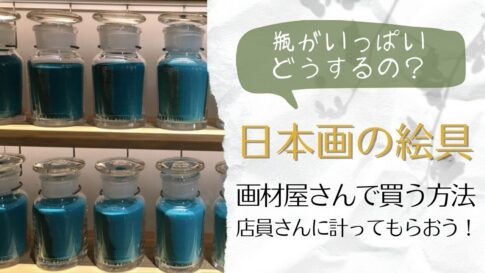
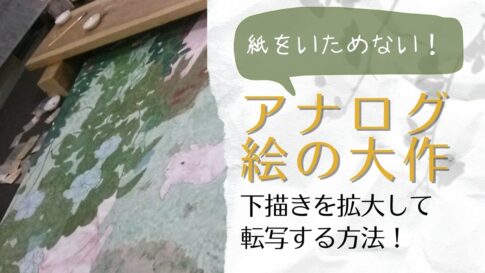
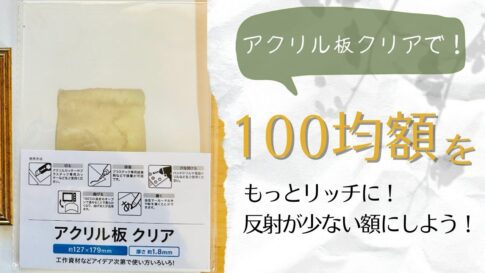
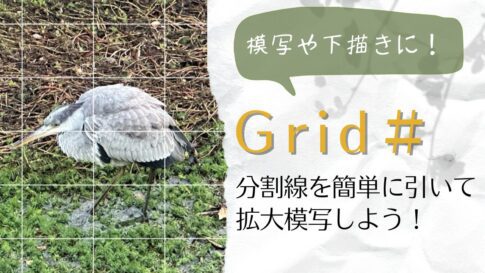
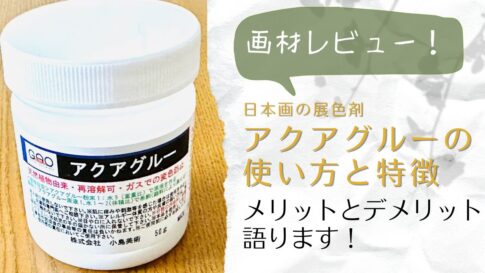

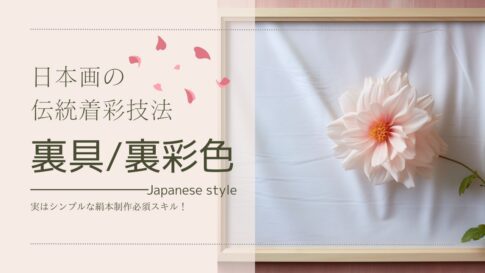
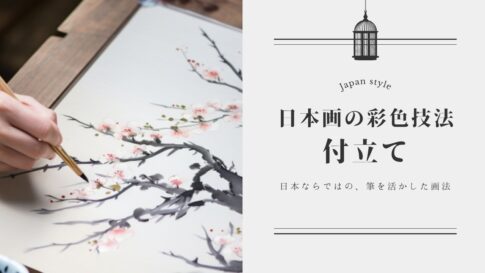
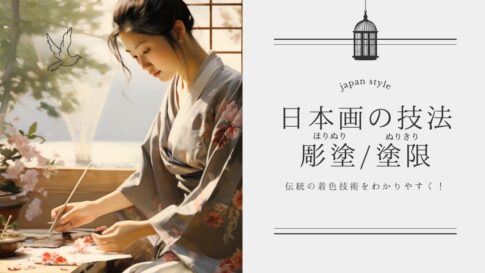
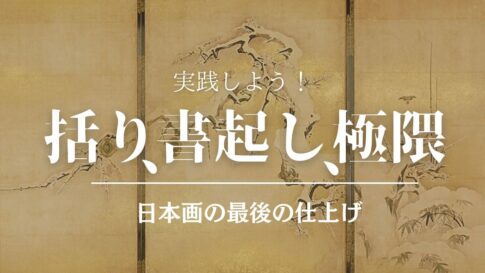
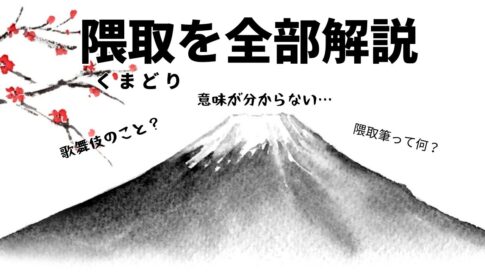


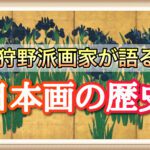


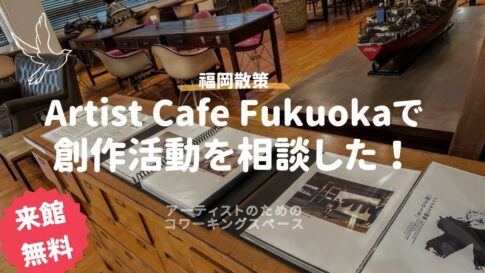
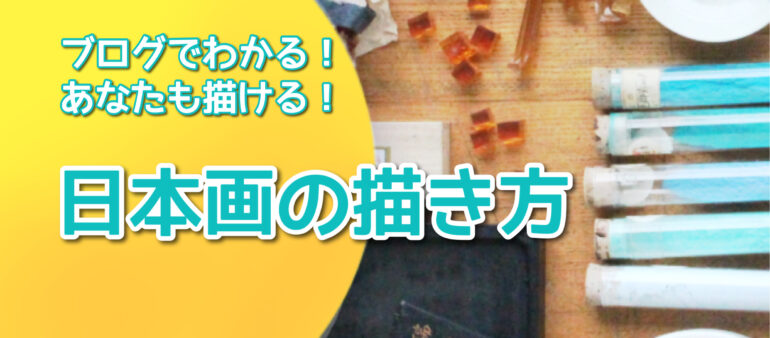

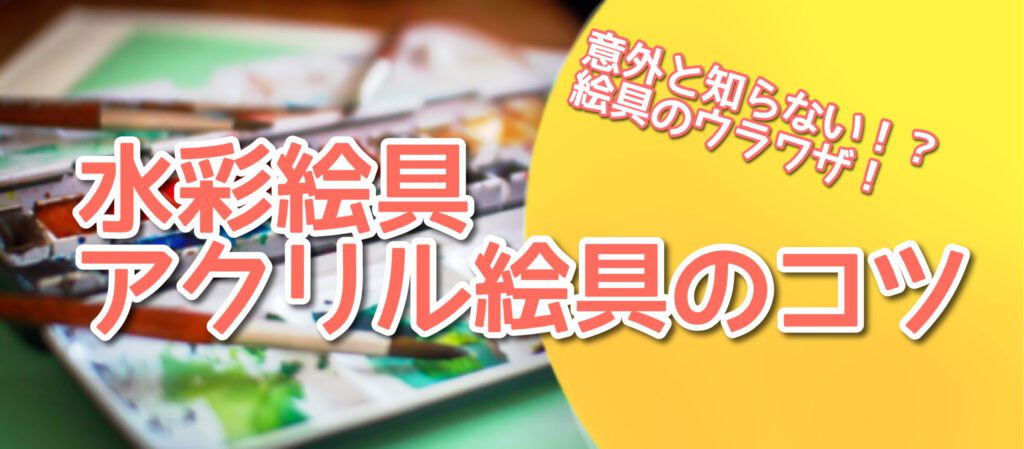
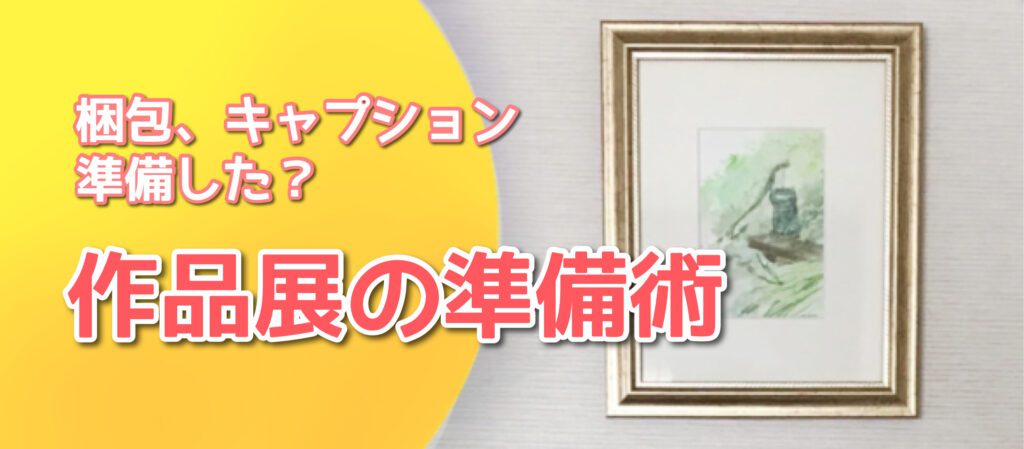

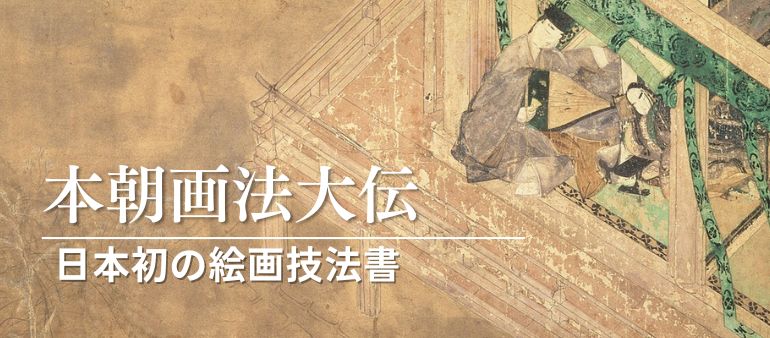





水:720cc
膠:15g
ミョウバン:7.4g